OPINION – While the PlayStation Vita is slowly dying in the West, and the Nintendo 3DS is aging, the question stands: what does the future have in store for the handheld consoles?
Handheld. A perfect way to spend time on a boring train ride that can take multiple hours. Just grab a PlayStation Vita, some games, and that journey will not be that boring anymore. However, the future seems to be bleak for the handhelds.
The past
Handhelds started to show up around the late seventies, early eighties, and one of the pioneers were Nintendo with Game & Watch. The whole idea came from the future Game Boy‘s creator, Gunpei Yokoi. He was sitting on a bullet train, and he saw a bored business man play around with his calculator, and this event was an inspiration for him.
The other first (or, in a sense, the FIRST) handheld was Microvision in 1979, which barely was on the market for two years. Not enough cartridges, small display, lack of support – all of these reasons led to the demise of the Microvision. In 1982, Bandai tried to approach the topic differently with LCD Superpower, as it used solar power… however, not a lot of games were made for this platform either.
(We could also mention ’76 Mattel Auto Race, ’77 Mattel Football, and ’78 Coleco Electronic Quarterback as well.)
The game boy
1989. The Eastern Bloc is about to fall apart, and in Japan, on April 21, Nintendo launches the Game Boy, which was manufactured for a whopping fourteen (!) years. While Gunpei Yokoi did not put a color LCD screen into the handheld, the GB still sold well. One of the launch titles featured Mario: the short, easy, but decent launch title, Super Mario Land, saw the plumber move to the portable gaming device.
The 300.000 stock ended up being all sold out in Japan in two weeks! When Nintendo prepared for the North American launch for the last day of July, another successful title joined the NA line-up. This game needed Alexey Pajitnov’s work, though. The Russian gentleman’s name could make your eyes spark if I told you a single, six-letter word: Tetris.
Pajitnov stated that his favorite version is the Game Boy one. Tetris was packed next to the Game Boy, and the handheld began to march towards millions of sales around the world. If it wasn’t for the Tetris-licensing issue between multiple parties, the game could have been a launch title in Japan as well. Handhelds started to become a popular trend due to the Game Boy‘s rousing success.
The other boys
In 1989, another handheld launched, which had a feature that was better than the „gray brick”: Atari Lynx, arriving in October, had a full-color display! The handheld, which was originally designed by Epyx as Handy Game, was manufactured by Atari, but due to the deal, Epyx was supervising software development. After a few years, Atari began shifting away from the Lynx to focus on the CD-ROM add-on for the Atari Jaguar, and in ’96, in-house software development was stopped.
NEC also tried to take a slice of the market with a portable version of TurboGrafx-16/PC Engine. In Japan, the result was called PC Engine Game Tank, but elsewhere, the handheld was called TurboExpress. Despite selling over 1.5 million, the biggest issue was the PRICE. While the Game Boy cost 90 dollars, the Lynx was 180, and the TurboExpress cost 250 (!), respectively. (Not to mention that the TE was 300 for a while!) Even though the NEC handheld had a TV-tuner add-on, making it able to be a second display, not even the TurboVision was able to make the TurboExpress popular…
Taiwan-based Bitcorp’s Gamate (1990-1994, even though Bit quit in 1992), Watara’s Supervision (Quickshot Supervision in the UK, debuted in 1992), and Hartung’s Game Master (1990) all launched during the reigning of the Game Boy, but most of these handhelds lacked major third-party support. However, there was another company that was able to pick a fight against Nintendo.
In the autumn of 1990, a technically superior, somewhat pricier (150-dollar launch price) handheld entered the market. It was SEGA’s Game Gear. Color, backlit display – two subjects trumping the Game Boy. Trash talking SEGA still had some problems: the lack of killer app launch titles. While Super Monaco GP wasn’t awful, it first appeared as an arcade title, Castle of Illusion was made for the Mega Drive/Genesis originally, and the same can be said for Columns, as well. In the US launch games, Psychic World was a port from the SMS, and G-LOC had a certain Yu Suzuki as the designer.
This gentleman ended up creating Shenmue as one of the highly regarded games on the Dreamcast, and the third installment should be out on the PS4 and the PC by the end of 2017… So, SEGA and Nintendo had some battle going on, and not just with handhelds. The Genesis came out to take the attention away from the NES, but the SNES was on the way to pick the fight up against SEGA. They kept racing each other until the early 2000s when the Dreamcast became the swan song of SEGA consoles.
The colorful boy
By the mid-to-late nineties, the Game Boy became outdated, but Nintendo still gave some redesigns to the handheld by re-releasing a Pocket, and a Japan-exclusive backlit-screen Light version. Meanwhile, there were other challengers: SNK had Neo Geo Pocket, as well as its color-screen variant, and Bandai tried with WonderSwan/WonderSwan Color. However, Bandai never went outside Japan, and SNK financially crashed after the almost unbelievable lack of success with the NGP/NGPC, even though SEGA had their back with some third-party support!
After these handhelds, is it a surprise that Game Boy Color (which had a color display, and backward compatibility) had effectively dominated the market? There was a handheld that pointed towards the future with some functions, though: Tiger’s Game.com, which even had a Resident Evil 2 going on for it, had a touch screen, a stylus, two cartridge slots, and the ability to connect it to a modem. All these at the end of the nineties!
The GBC was quickly replaced by Game Boy Advance, which ended up getting a redesign: the GBA SP had a rechargeable battery, a backlit screen, and a clamshell design. (Plus Game Boy Micro, which had the same specs, but as a micro-console.) As challengers, I should mention South Korean Game Park’s GP32, but it was limited to the local market only.
There’s also Nokia’s N-Gage, which wanted to be good at multiple things: mobile phone, MP3-player, radio, PDA, and a handheld all at the same time. The QD model looked a bit more stylish at the cost of removed functionality. Cybiko, another product, was more like a PDA, and not a handheld. Meanwhile, Tapwave’s Zodiac from 2003 was another futuristic try, although it cost way more money. The PDA, which even allowed us to connect to the internet (!) while it had third-party support from companies like Activision, its 300-dollar price was too high versus the 100-dollar GBA. Despite the price, the Palm OS-having PDA wasn’t that weak!
Sony vs. Nintendo
At the end of 2004, another company tried to break the NintenDOminance. Sony came in with its PlayStation Portable against Nintendo‘s DS (DS = Double Screen). The DS had two screens (touchscreen!), GBA backward compatibility, and a somewhat more casual approach to gaming. The PSP had power for its price (250 bucks, while the DS cost a hundred less), and PS1 backward compatibility. The duel in sales was won by Nintendo, but Sony had no reason to be disappointed, either – the two handhelds had multiple facelifts, but I need to point out one of them. Sony‘s PSP GO threw out the UMD-drive, forcing owners to rebuy/redownload all titles on their handheld to play them. (And the discs were rendered useless as well.)
The Game King tried to rip-off the GBA‘s and the PSP‘s look, while technically it was miles behind the DS/PSP duo in technology, so I’m not even going to go more into it. However, Gizmondo could have been more successful, if the bosses took the platform more seriously, and if they weren’t knee-deep into money laundry. Going bankrupt in mere months is no surprise. Gizmondo was barely even sold, plus it cost a ton of money (without Smart Ads – aka in-game ads -, you’d have had to pay 400 dollars!). Game Park, after GP32, tried to go into emulation with the GP2X series, especially because it was based on Linux OS. Running a C64 game wouldn’t be a problem. The Dingoo and the Pandora try something similar – the former one looks a lot like the Game Boy Micro!
The present
The Sony–Nintendo battle continued (is continuing?) in the 2010s. Nintendo pulled out the 3DS, and Sony pushed the PlayStation Vita as the replacement for the DS, and the PSP, respectively. Sony also tried some mobile gaming under the Sony Ericsson branch with the Xperia Play. The 3DS knows some 3D effects, plays DS/DSi games, has a „New” model with somewhat stronger specs, and the 2DS is a budget variant without the clamshell design and 3D functionality.
The PS Vita is the typical „strong, but support-lacking” handheld: touchscreen, rear touchpad, OLED display in the first model, PSP backward support (Sony makes good use of that in the PlayStation Plus program by giving PSP games for the subscribers), but sadly, third-party support quickly died for the Vita. This handheld is only remotely successful in Asia and Japan nowadays. The Vita also has a PSTV version, which has no display, but you can connect it to a TV and play with a DualShock controller.
We heard about the Razer Switchblade five years ago, but it seems to have died since then; the NVidia Shield can stream to strong enough PCs/laptops if these have decent enough specs (including GeForce GTX graphics cards).
The other side
After the handhelds’ history, it’s only fair to take a look at mobile gaming as well. Thankfully, the story goes just two decades back, because on the Hagenuk MT-2000 (in 1994), Tetris popped up, but Nokia took mobile phone gaming to the next level in 1997 with Snake. Basic, yet fun: collecting dots with our ever-growing snake.
We could stop here and ask if calculators count as mobile gaming. If so, then on Texas Instrument calculators, in the early 80s, we already saw some games, so the start date is similar to Nintendo‘s Game & Watch. (Did the chicken, or the egg came first?)
Recently, two platforms dominate mobile gaming: it’s iOS and Android. Developing costs much less money (and on the latter platform, we can see some ridiculous, pathetic clones of known games), and a lot of these games focus on in-game/in-app purchases, taking money out of the pockets of addicted gamers. You can somewhat understand why Konami decided to quit console gaming outside Pro Evolution Soccer after the release of the admittedly unfinished Metal Gear Solid V: The Phantom Pain. Barely spend on developing, then cash-in with your game – the freemium, free-to-pay… er, I mean, free-to-play titles with the pay-to-win mentality can reap a TON of money in no time.
Where to go from here?
Here’s the current issue: both Nintendo and Sony are thinking about expanding to mobile gaming, so the question is not „When will we get the next generation of handheld consoles?”, instead, „Will we even get new handhelds?” The PlayStation Vita barely gets anything outside Indies in the West, although it is a decent platform for JRPGs, and the fact that the 3DS doesn’t seem to be getting a successor at the moment (unless there’s another codenamed project at Nintendo) just adds fuel to the fire.
I believe that we should have dedicated handheld gaming consoles. If these platforms can have great third-party support, and kick-ass first-party exclusives, these can catch attention. In my eyes, playing a Crash game on mobile just doesn’t feel the same as if I was playing say, Murasaki Baby on the PS Vita. If neither console manufacturers make a new handheld, us, players would be hurt in the short term without a doubt. While the companies can save the cost of production, planning, researching, and marketing, if they make their games for mobiles just wouldn’t be the same anymore, especially if the devs have to cut features, tone down graphics, etc.
If there will be a PS Vita 2 (although I find it unlikely right now), or a 3DS 2 (I have no idea how to call a theoretical successor, so let’s stick to the 2-s), then these platforms should have decent hardware, an easy-to-develop approach, and allow smaller developers to shine. Who knows, maybe Sony can find the next Naughty Dog in a small team, who might save them a few years later, or provide a brilliant exclusive first-party game when it’s needed.
Right now, I feel that the current mobile trend will continue, and Nintendo/Sony will keep losing power (otherwise why the hell would Sony have set up ForwardWorks, and why would Nintendo have the DeNA partnership?), which could still result in a new handheld by Nintendo, unless the NX will be a console-handheld hybrid. Sony might silently quit the handheld market, although they don’t tend to fail. Remember, the PS1 was made in anger as revenge against (ironically) Nintendo, after the aborted Nintendo Play Station project. Sony is the current market leader with the PS4, but with the PS Vita, they are a landslide behind the big N.
After the PS Vita, there is a need for new LIFE in handhelds. No, I don’t mean Android and iOS platforms. Remember how many handhelds were made in the nineties? We need that to happen again, although it’s unlikely to see that era return.
We, the players, might end up not seeing a new handheld in a few years…
-V-

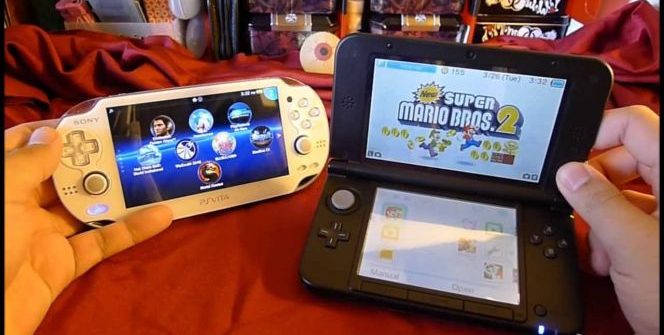
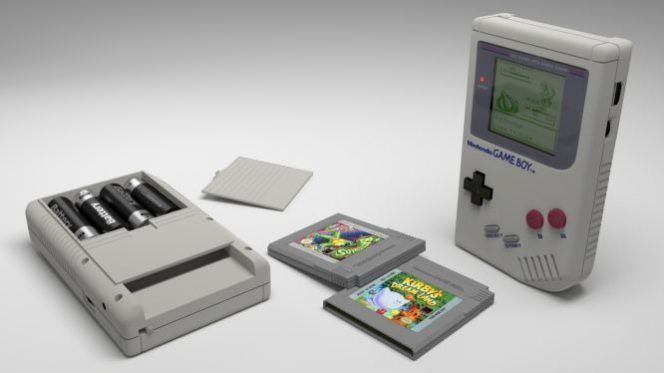
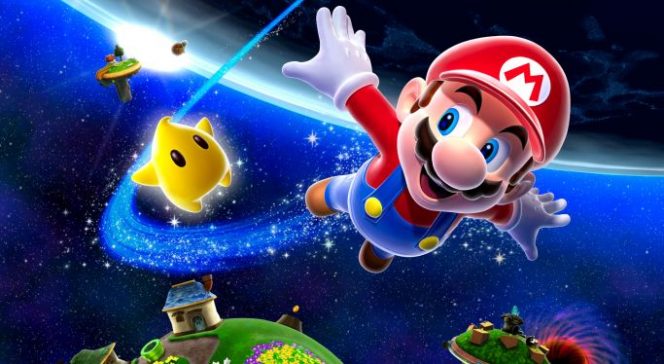
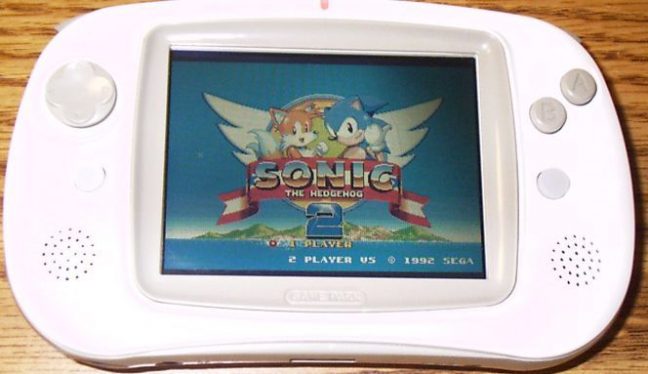
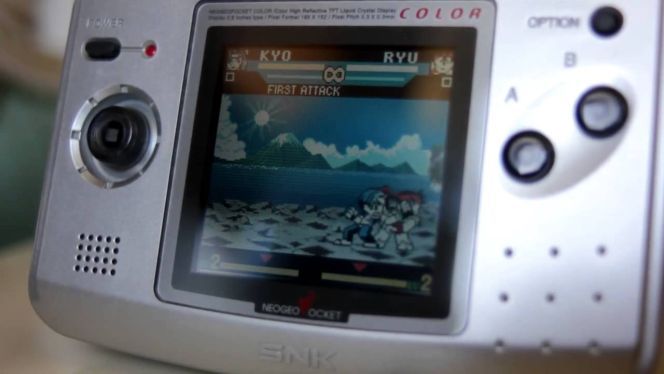
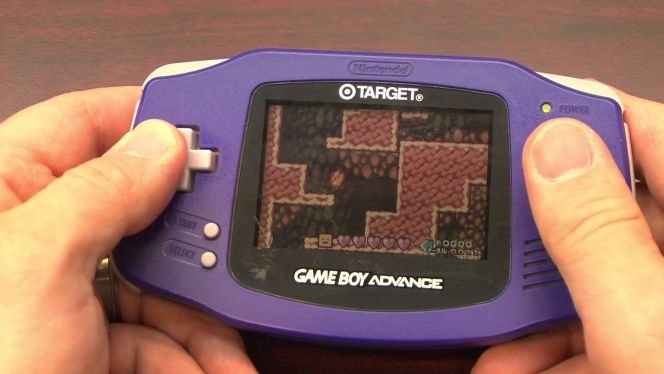
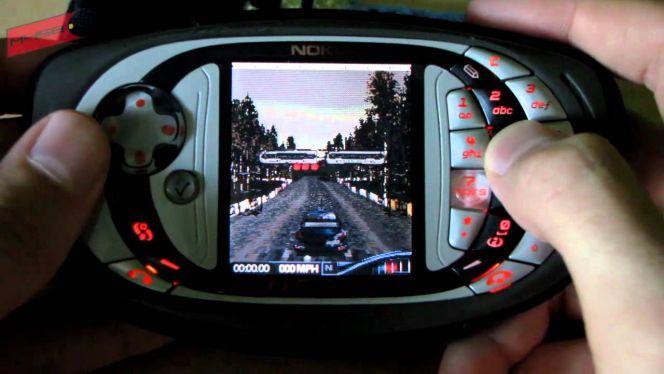
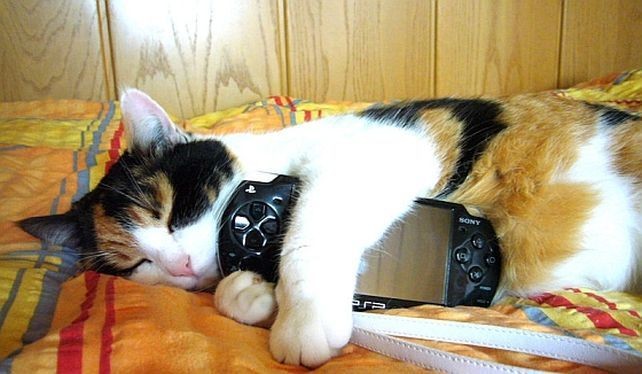
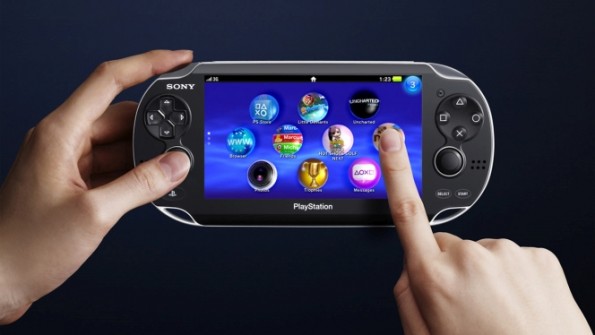
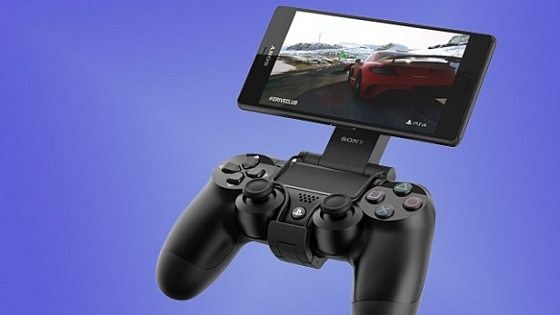


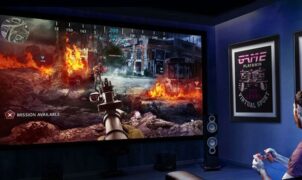












Leave a Reply